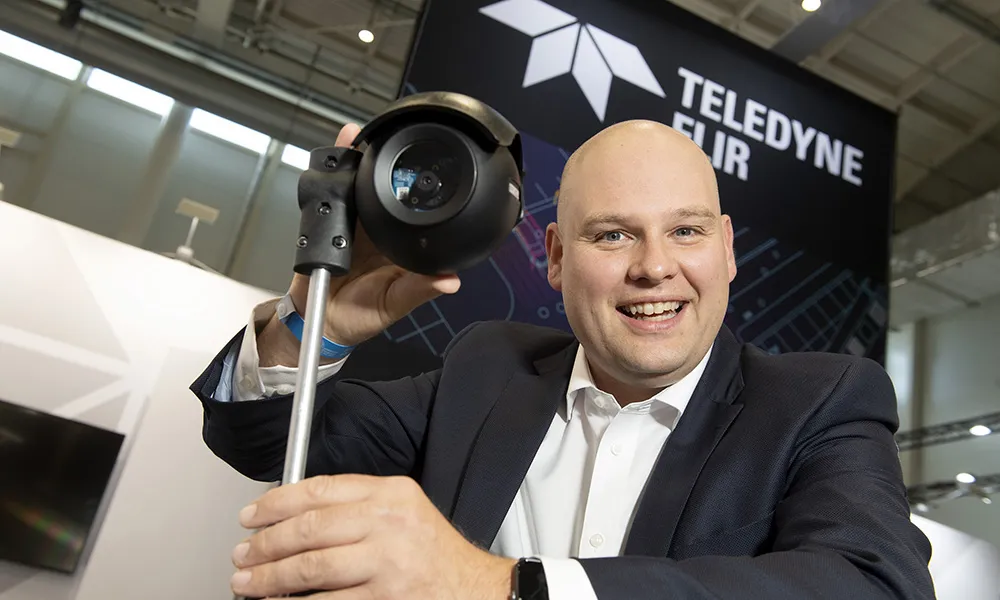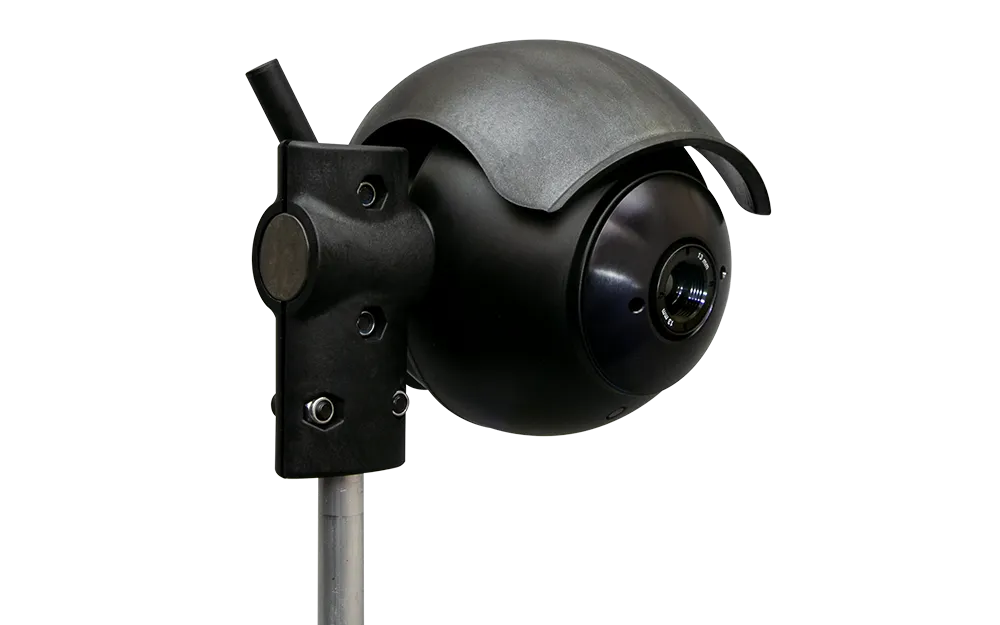
The 5G Automotive Association (5GAA) used ITS World Congress in Hamburg to highlight an algorithm by Fraunhofer Institute Fokus that improves the positioning of road users.
The solution is expected to warn drivers of a collision with a cyclist, an electric scooter rider of road damage, or to guide a blind person to the right government office or bus door.
Key members of the 5GAA also discussed similar technologies, including a demonstration of a connected bike in which Qualcomm showcased a new hardware solution that allows vehicles to identify vulnerable road users (VRU) using Cellular Vehicle to Everything (C-V2X).
Elsewhere, experts at the association and member spokespersons zoomed in on digital roads in urban areas and cooperation models enabling deployment and use of 5G infrastructures for connected and autonomous mobility.
In a statement, the 5GAA says it will help “prepare tomorrow” with the ITS Directive revision, advocating a neutral approach on technology.
According to the association, Europe needs a future-proof framework to stay in a leading role globally, given the strong momentum in China and in the US.
At the moment, the 5GAA claims China is the only country that has 5G Cellular Vehicle to Everything (C-V2X) enabled vehicles commercially available on the market, with 14 C-V2X vehicle models commercialised.
In the US, Ford has committed to deploy C-V2X in all new vehicle models from early 2022, while 5G-powered vehicles in Europe are foreseen to hit the market this year due to BMW.
5GAA chief technology officer Maxime Flament says: “When applied to the automotive field, 5G will have the most revolutionary impact by saving millions of lives and reducing accidents on roads. The combination of long- range and short-range connectivity C-V2X offers, delivers the optimal setup for safety and efficiency of traffic, in addition to improving environmental footprints.”
In the next two to three years, 5GAA expects to see mass deployment of C-V2X use cases geared towards improving traffic efficiency and road safety around the world.
However, the association points out that vehicle commercialisation is not enough because cars, cloud, map, network, positioning and the road all need to be C-V2X friendly.
Therefore, the 5GAA offers a platform to help foster collaboration between automotive, technology and telecommunications companies so they can develop connectivity solutions for future mobility and transportation services.










